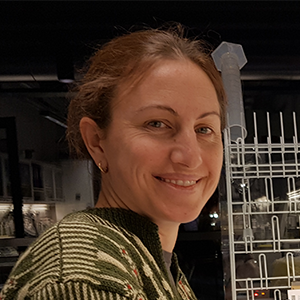
- Project belongs to the Topic:
- C1-inhibitor and Bradykinin
Description
Venous air embolism (VAE) is a clinical entity characterized by air unintentionally entering the venous circulation, causing mechanical occlusion of the bloodstream – often at the outlet of the right ventricle. VAE may travel into the systemic- or arterial circulation – even without the presence of a persistent foramen ovale. There seems to be a relationship between amount of venous air and the incidence of arterial embolism. VAE is probably under- or misdiagnosed, since the symptoms mimic other conditions such as deep venous thrombosis (DVT) with pulmonary embolism (PE), “Bone implantation syndrome”, anaphylaxis, myocardial infarction and bronchospasm. VAE can trigger a systemic inflammatory response, with subsequent organ damage. The exact mechanism, however, remains unknown.
This project originated from clinical observations at Nordland Hospital where several females during gynecological surgery suffered from VAE, a serious complication to surgery. We aim to reveal novel insights into the pathophysiological processes of this condition.







